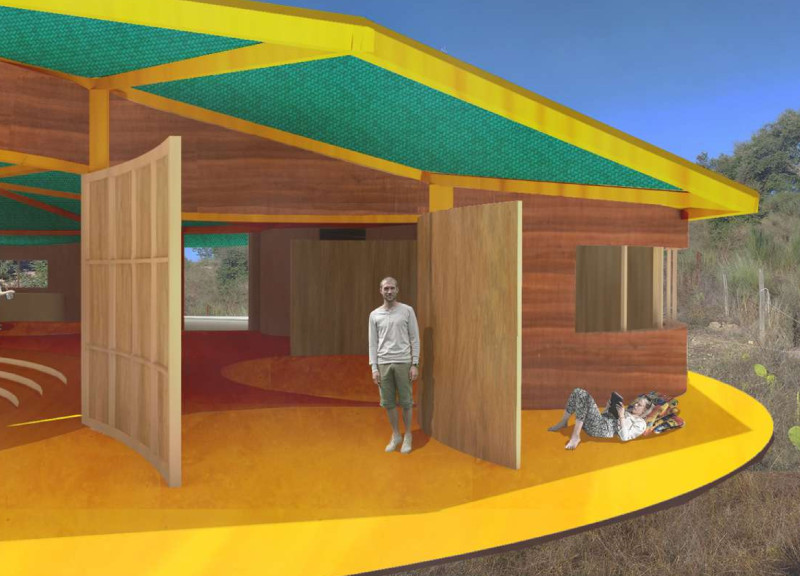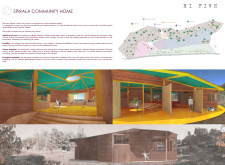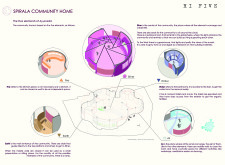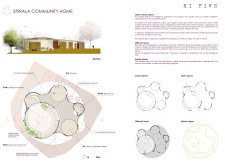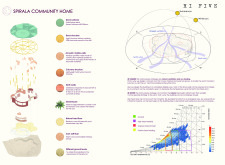5 key facts about this project
The project, located in [Geographical Location], represents a thoughtful integration of architecture and environment. Designed by [Architect/Design Firm], this project serves multiple functions, catering to both individual and communal needs. Its layout is arranged to foster interaction while maintaining private spaces, which is essential for enhancing user experience and comfort.
The design incorporates a variety of materials, including natural stone, timber, glass, and concrete, contributing to both aesthetic appeal and structural integrity. Natural stone is used prominently in the façade, providing a robust, durable surface that merges seamlessly with the surrounding landscape. Timber elements are integrated into the interior spaces, promoting warmth and inviting a sense of connection to nature.
The project emphasizes sustainable practices, featuring solar panels and rainwater harvesting systems aimed at reducing environmental impact. Moreover, extensive landscaping encompasses native flora, enhancing biodiversity and supporting the local ecosystem. This landscape design is not purely aesthetic; it plays a critical role in stormwater management and microclimate regulation.
Unique Architectural Features
One of the notable aspects of the project is its adaptive design. It responds intelligently to the surrounding geographical conditions and climate. Large glass panels facilitate natural lighting while minimizing heat loss, and overhangs provide necessary shading in warmer months. The architecture successfully balances openness and privacy, allowing for social engagement without compromising individual comfort.
The use of modular construction techniques enhances building efficiency and reduces waste during the construction process. This method allows for quick assembly and adaptability, showcasing an innovative approach to contemporary architectural practices.
Integration of Sustainable Systems
The project employs several sustainable design systems, with a focus on energy efficiency and resource conservation. Rainwater harvesting is a key feature, capturing and storing water for landscape irrigation. Additionally, the project utilizes green roofing systems, providing insulation and promoting local biodiversity. The design effort reflects a commitment to environmental responsibility, establishing a model for future developments within the region.
This project exemplifies the potential of architecture to harmonize form and function while addressing environmental concerns. To explore the comprehensive architectural plans, sections, and designs, readers are encouraged to review the project presentation in detail for further insights into this innovative architectural endeavor.


